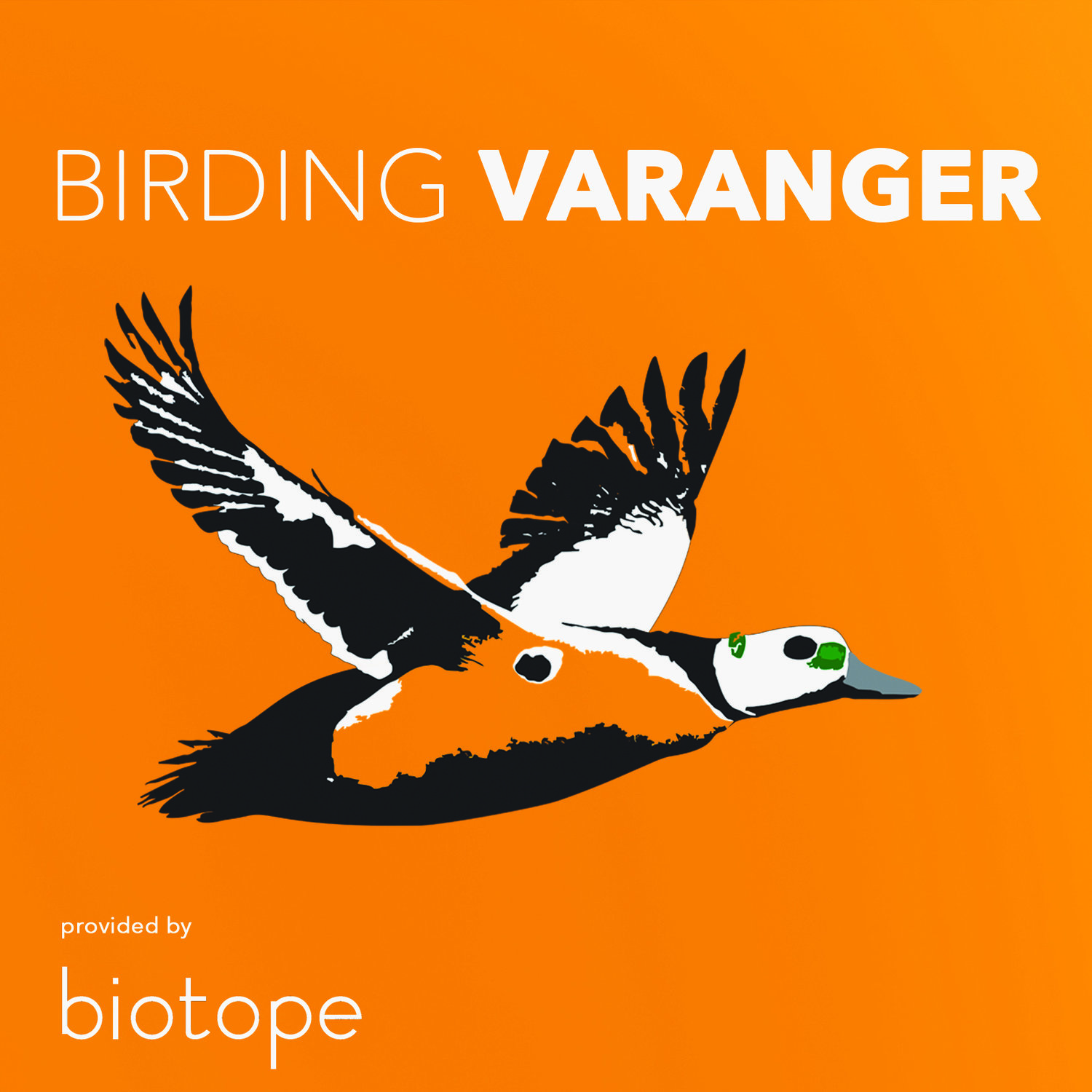Hornøya is a small island situated east of Vardø island / town, in the Barents Sea. It is the easternmost point in Norway. Daily boat trips run within season (1. March - 1. September) from Vardø harbour, with the chance to spend several hours on the island. The seabird colony at Hornøya is the jewel in Varanger's crown, hosting approximately 100 000 seabirds of up to 11 breeding species, making for a noisy, smelly, spectacular experience. The bird cliff is dominated by Common Guillemot, Kittiwake, Atlantic Puffin and Razorbill. Around 500 pairs of Brünnich´s Guillemots breed between the Common Guillemots, selecting the steepest cliff faces to lay their eggs. During the seabird breeding season, visitors to Hornøya have a good chance of seeing White-tailed Eagle and Gyrfalcon hunting the birds on the cliff. The list of vagrant birds it has hosted includes Black-throated Thrush, Lesser Short-toed Lark, Olive-backed Pipit, Paddyfield Warbler, Red-backed Shrike and Red-rumped Swallow. Along with the birds, Hornøya is also a great place to spot Grey Seals, Orcas and in summer there is also the rare chance of seeing Belugas. Hornøya is in general amazing and sometimes stunningly surprising.
Hornøya is open to the public but due to its status as a nature reserve, visitors must stay within the designated areas during the breeding season, and it is forbidden to pick plants or interfere with the wildlife of the island. Next to Hornøya is the island of Reinøya. Traditionally, only the army commander (who lived in the Vardøhus fortress) and his army could land on Reinøya to collect cloudberries and gull eggs. Reinøya is now an off-limits part of the nature reserve. Hornøya bird cliff is a must visit! Photo opportunities are brilliant, even with wide angle lenses (or an iPhone). Bring enough batteries and memory cards!
Find out more about the island and how to get there on the Hornøya website.
You can also have a look at the biotope website to see the wind shelter and bird hide on Hornøya.
More info on Hornøya, inlcuding a site map is of course found in the ´Birding Varanger´ guide book.
Hornøya 24 hours vlog Biotope
A visit to Hornøya bird cliff - swimming with Guillemots






